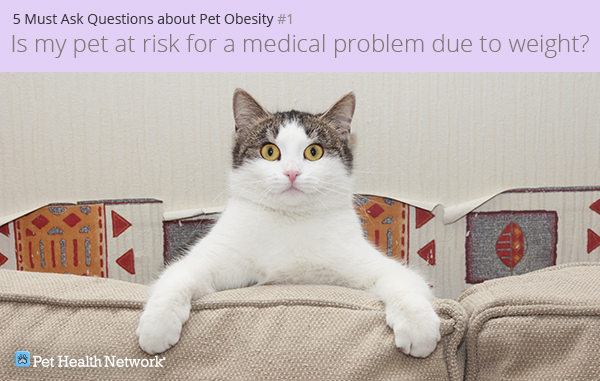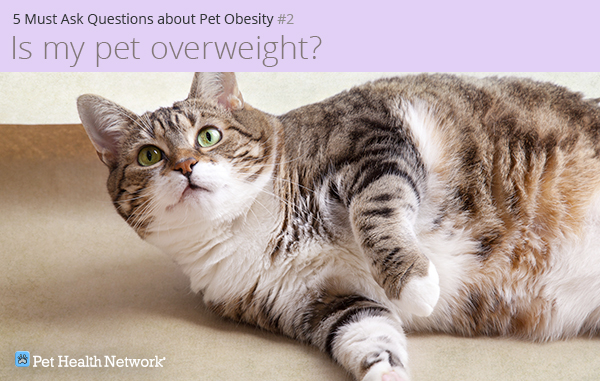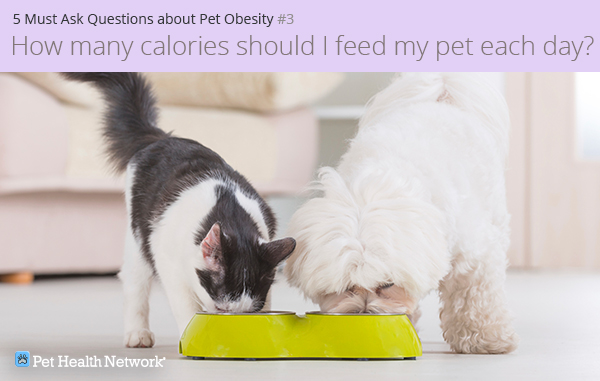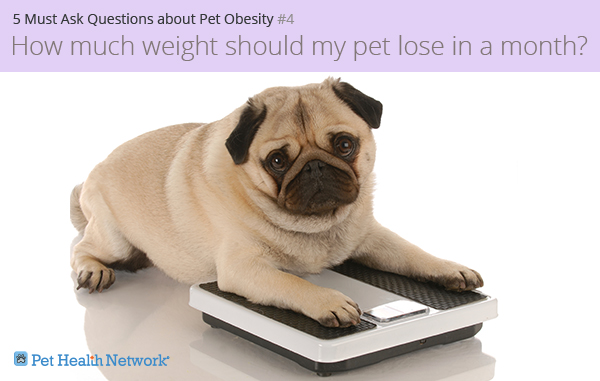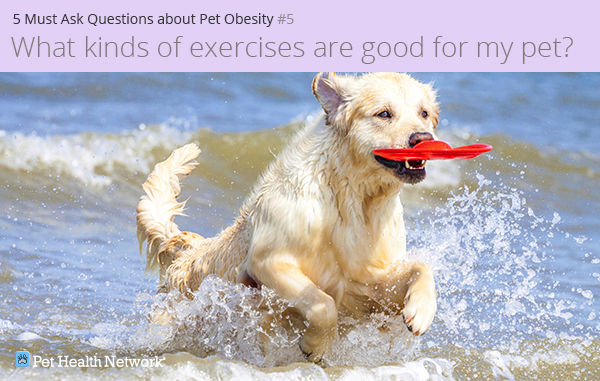I hate to tell you this, but for the past 23 years I’ve been looking at a lot of fat pets. Part of the reason is that I’m a veterinarian whose area of interest is obesity; the other part is that dogs and cats are just generally getting fatter. My organization, The Association for Pet Obesity Prevention, found that in 2013 about 53% of dogs and 58% of cats were overweight in our seventh annual veterinary survey. That equals almost 90 million pets at risk for developing serious weight related disorders such as diabetes, arthritis, high blood pressure, and cancer. That’s 90 million too many. We must do better.
This is a very serious question that will help you understand and plan for your pet’s future. Dogs and cats carrying extra fat are at a greater risk of developing debilitating diabetes, crippling arthritis, deadly high blood pressure and many forms of catastrophic cancer. You need to have a frank conversation with your veterinarian to find out if your pet is potentially facing one of these conditions.
Preventing disease is my focus and one of the reasons I’m so passionate about the importance of maintaining a healthy weight and proper nutrition. The most important decision you make each day about your pet’s health is what you choose to feed him. Choose wisely; your pet’s life depends on it. Click here to learn more about nutrition and obesity in pets.
This is the most important question to ask your veterinarian; unfortunately it’s a question that your veterinarian may not be eager to answer. Believe it or not, many veterinarians are simply afraid to tell you that your pet is too heavy. This is primarily due to the fact that your veterinarian doesn’t want to inadvertently offend you. Weight issues are tricky and loaded with perceived judgment, strong emotions, and social stigmas. All of this leads many veterinarians to remark, “Maybe Scooter could drop a few pounds, but who shouldn’t?” As a concerned pet guardian, you need to understand your pet’s weight is one of the most influential factors of longevity, quality of life, and disease prevention.
To answer this question candidly, your veterinarian will likely conduct a couple of measurements, determine a body condition score (BCS), and declare your pet fit or flab.
Ask the question. Demand a thorough assessment. Don’t be offended if the answer isn’t what you expected. This isn’t personal; it’s your pet’s future.
We’ve got to be specific when it comes to feeding our pets. Don’t fall into the trap of inquiring, “How much should I feed?” You’ll probably get a generic, inaccurate response. You need precise numbers of calories. That way, regardless of the type, brand, or formulation of food you feed, you can determine how much to feed. This is a subtle, but incredibly significant difference.
Once your veterinarian does give you a number, memorize it. Find out how many cups or cans of your pet’s food it equals. Feed that amount. Don't forget to include any treats in your daily caloric counts. Those tiny “calorie grenades” can swiftly sabotage the best dietary plans. Click here to learn more about nutrition in growing dogs.
If your pet is like the majority of US dogs and cats, he’ll need to drop a few pounds. You need to ask how much weight your pet must shed and how long it will take to reach a healthy weight. I prefer to think in terms of pounds per month due to practicality and performance. Monthly weight checks are practical and reasonable for even the busiest pet parents. A weight loss plan’s performance is critical to track and monitor monthly trends and is an accurate indicator of success or stagnation.
In general terms, a dog can safely lose 1-3% of body weight and cats 0.5-2%. Many dogs can lose 3-5% and most cats should aim for about a half-pound per month.
Losing weight isn’t easy or fast for pets, especially cats. If you put your cat on a crash diet, he can develop serious medical conditions, including a life-threatening form of liver failure that can occur in less than 72 hours. Patience is essential with pet weight loss. Most of my canine patients will have a 3-6 month weight loss plan and cats, 9-12 months. Your veterinarian will probably formulate a step-weight-loss plan that will gradually decrease the amount you’re feeding over a 1-3 month period. This will help curtail cravings, begging and late-night pestering. Note I said “help,” not “eradicate.” There will be some unhappy pooches and purr babies when you institute a diet. Your veterinarian should provide you with tips on preventing these behaviors and transitioning to a new weight-loss diet.
Most veterinarians and pet parents focus on how long a pet should exercise each day. Instead, ask your veterinarian what types of activities are best based on your pet’s species, breed, age, gender, and current physical abilities. Walking, swimming, agility, chase, ball retrieving and remote controlled toys–the opportunities are limitless. The general recommendation is that dogs need at least 30 minutes of physical activity a day and cats should strive for three 5 minute intense play periods. Make your outings enjoyable, entertaining and interactive.
Don’t forget that cats can exercise too. Whether you play with a feather duster, move the food bowl or use a hip high tech toy, engage your cat’s inner predator and encourage him to pounce, leap, and prowl everyday.
I’m a fan of the new generation of pet activity monitors. They’re a great tool to document how much your pet is walking or playing each day. Better yet, you can share these reports with your veterinarian to spot any deficiencies or ways to maximize training.
If you have any questions or concerns, you should always visit or call your veterinarian -- they are your best resource to ensure the health and well-being of your pets.

